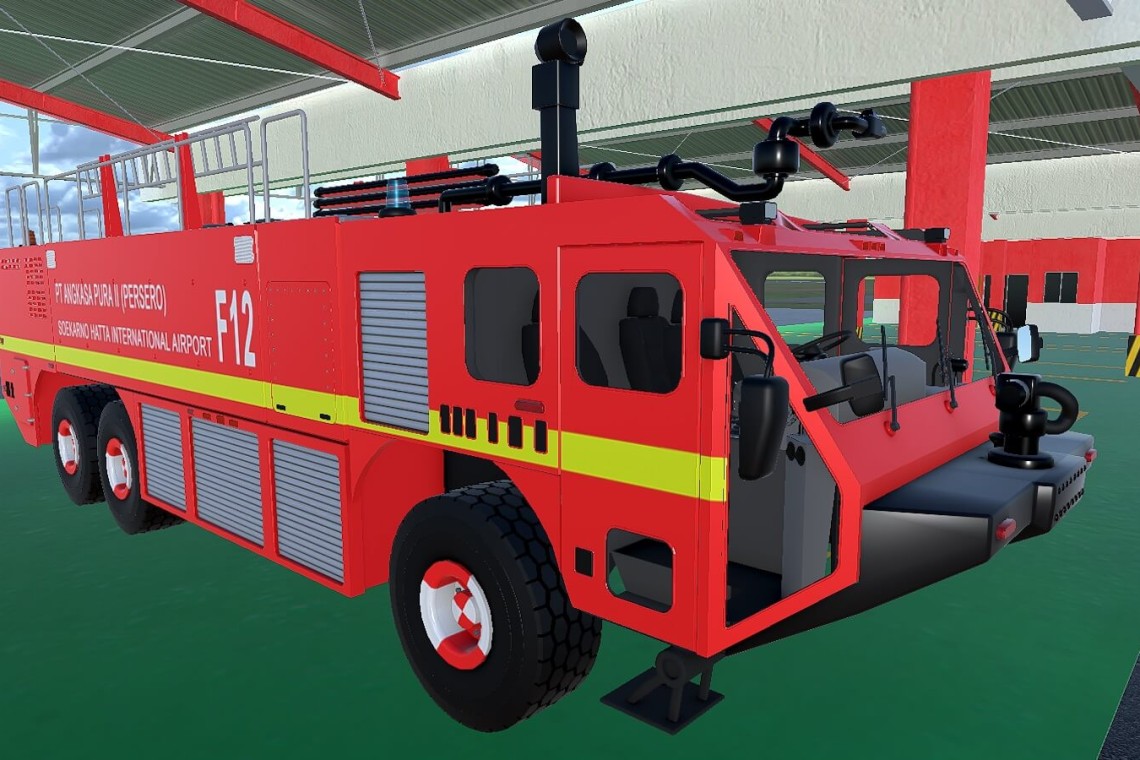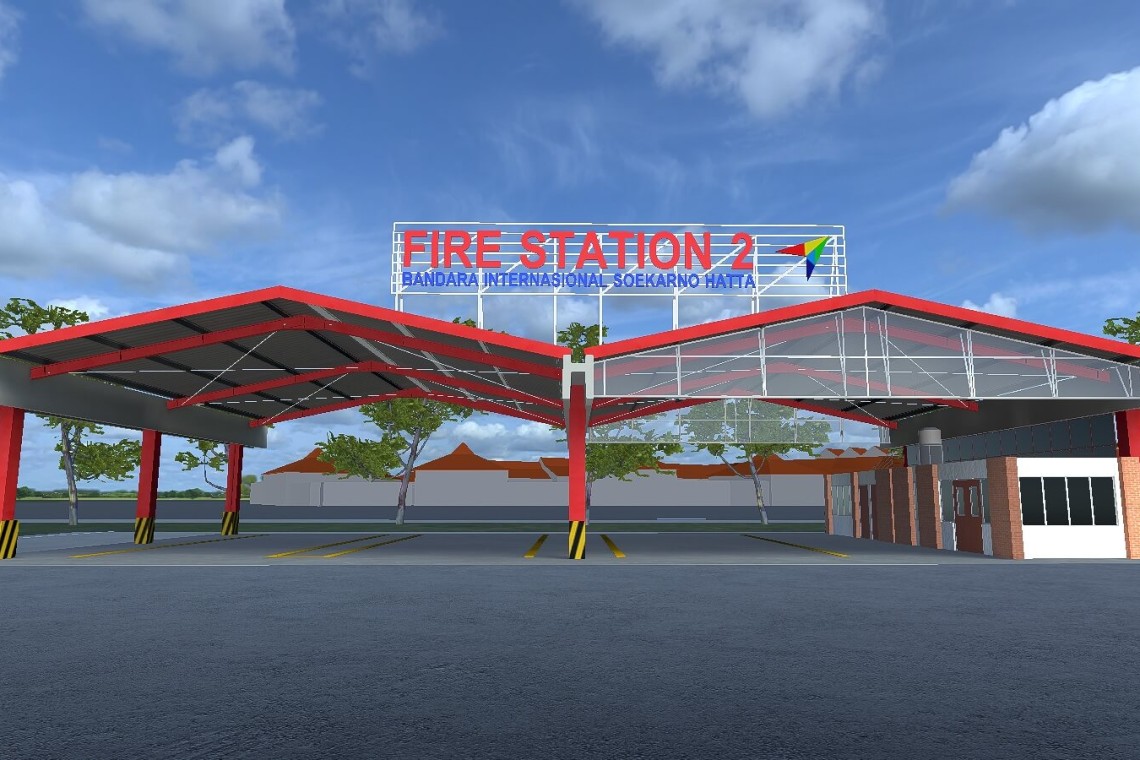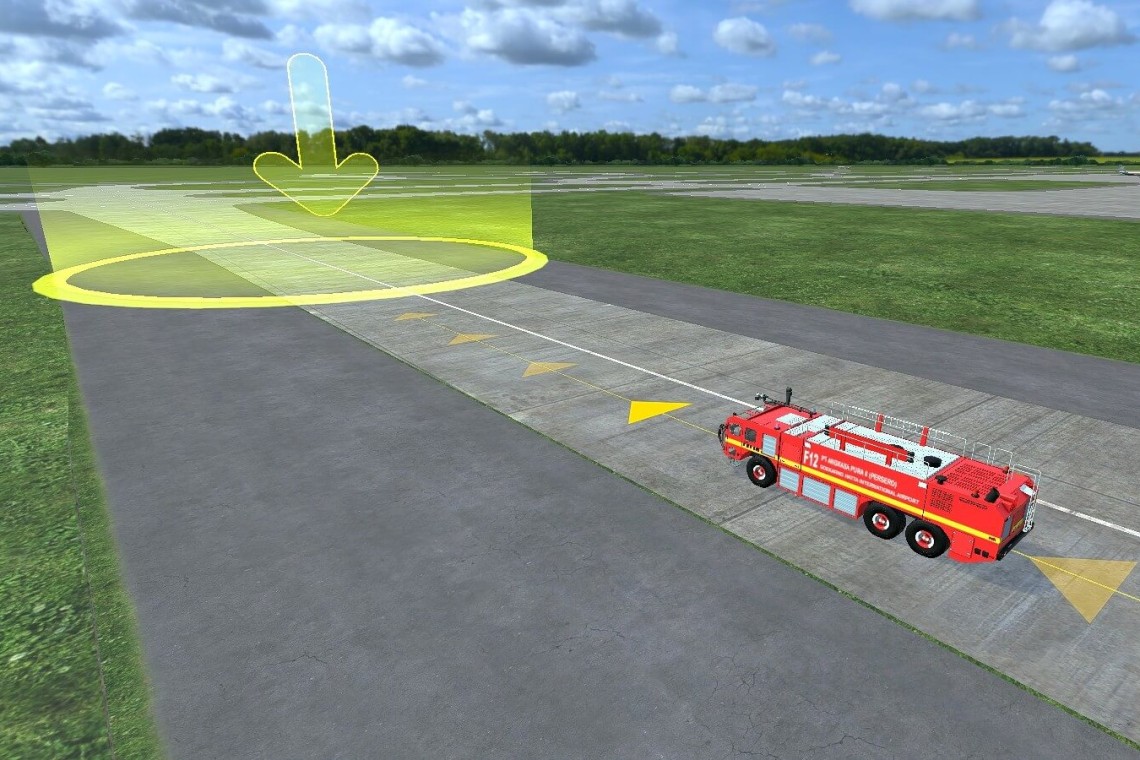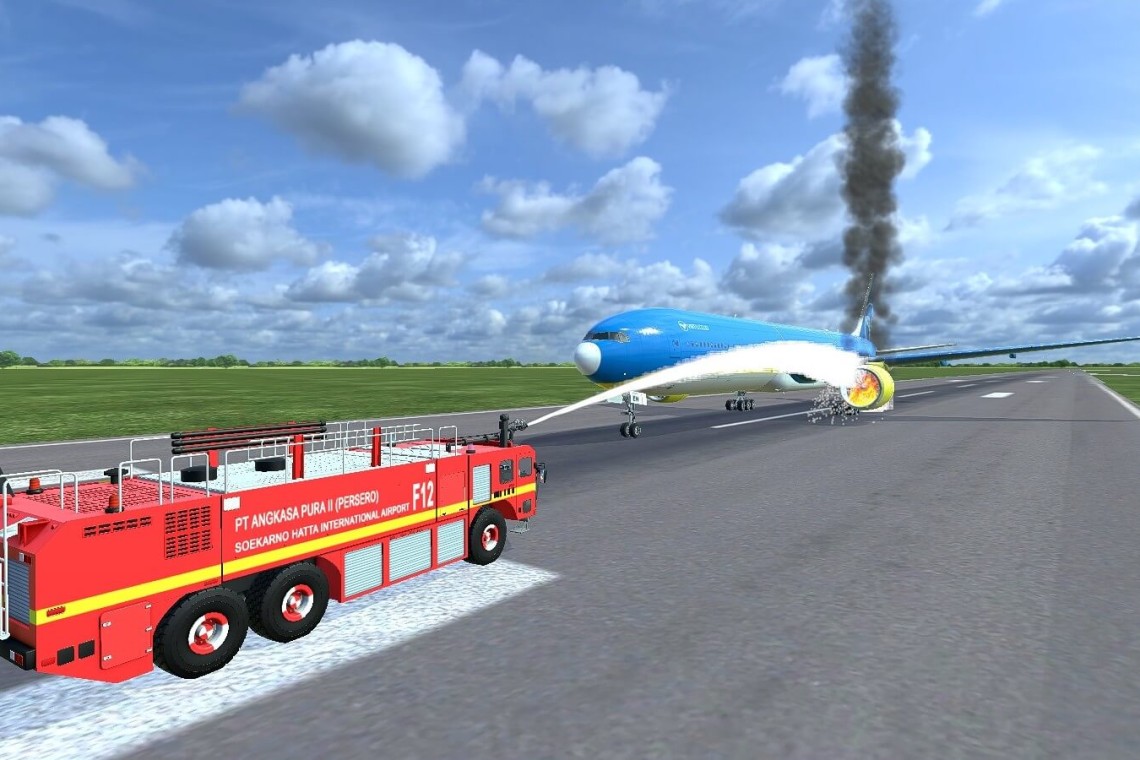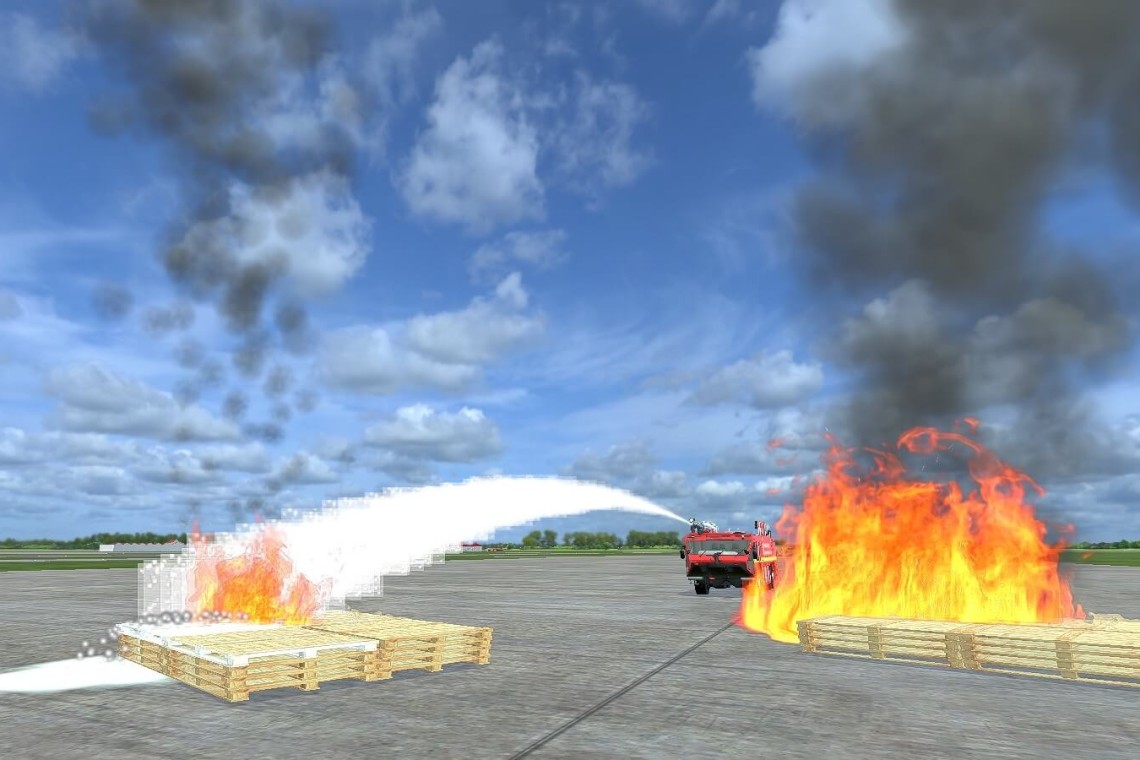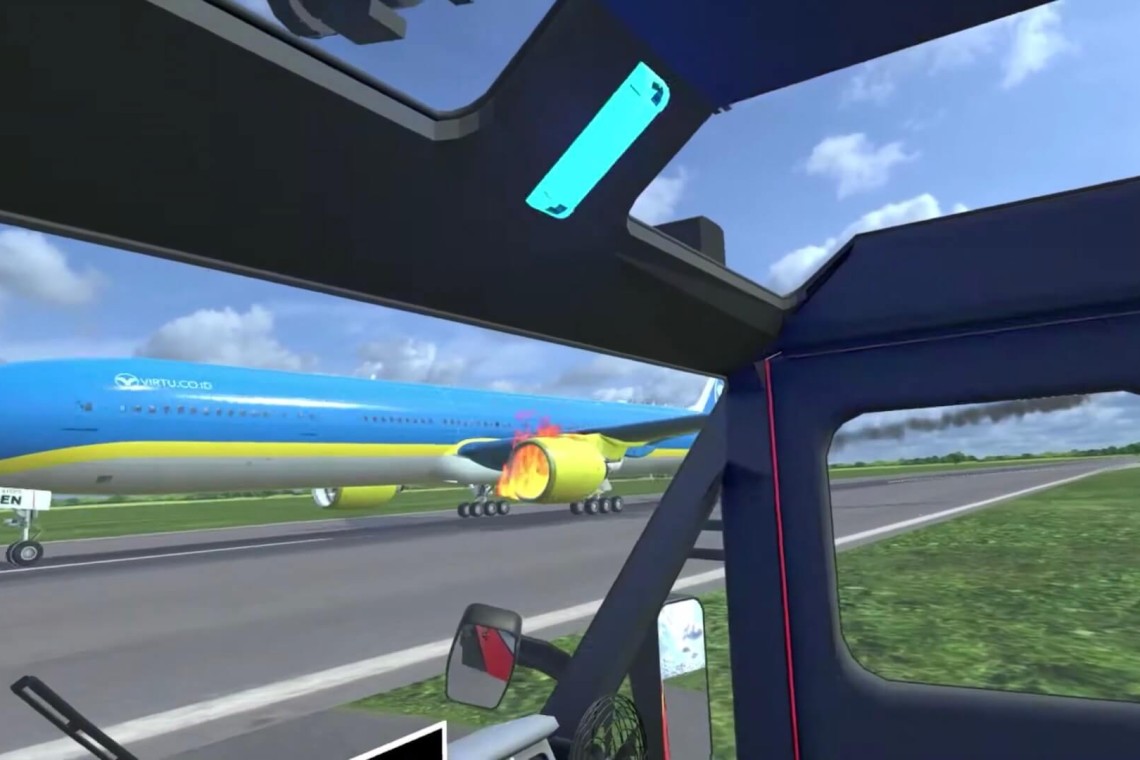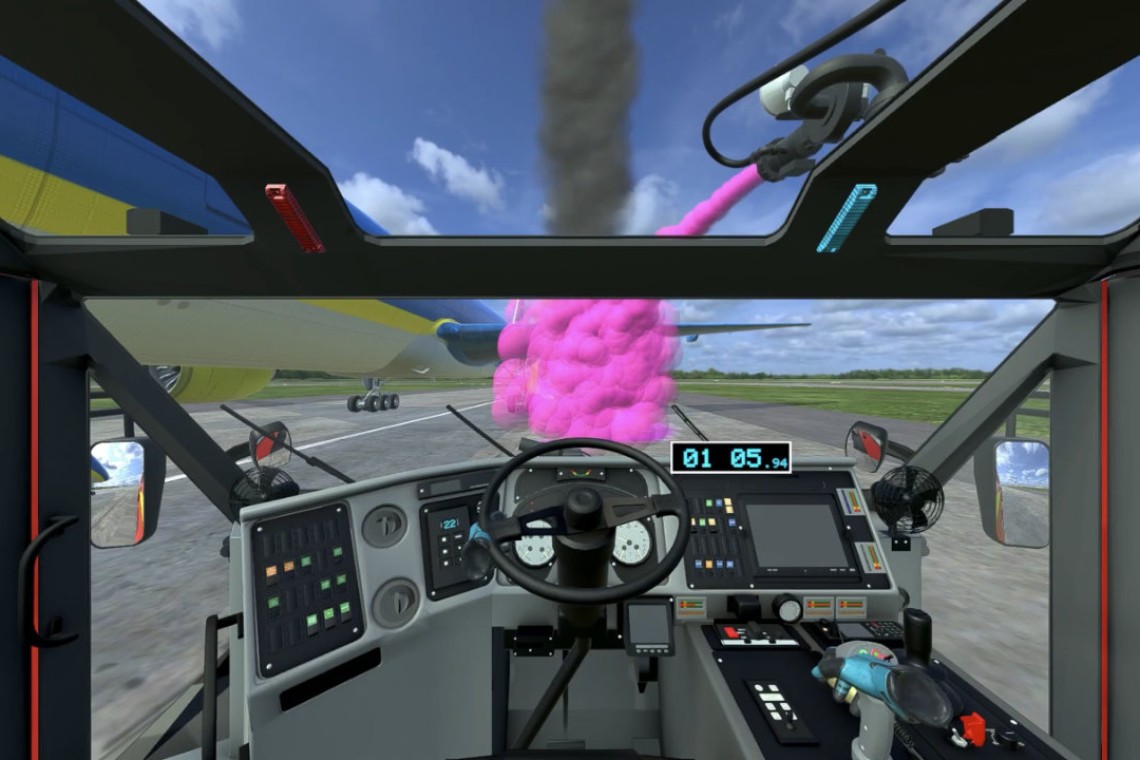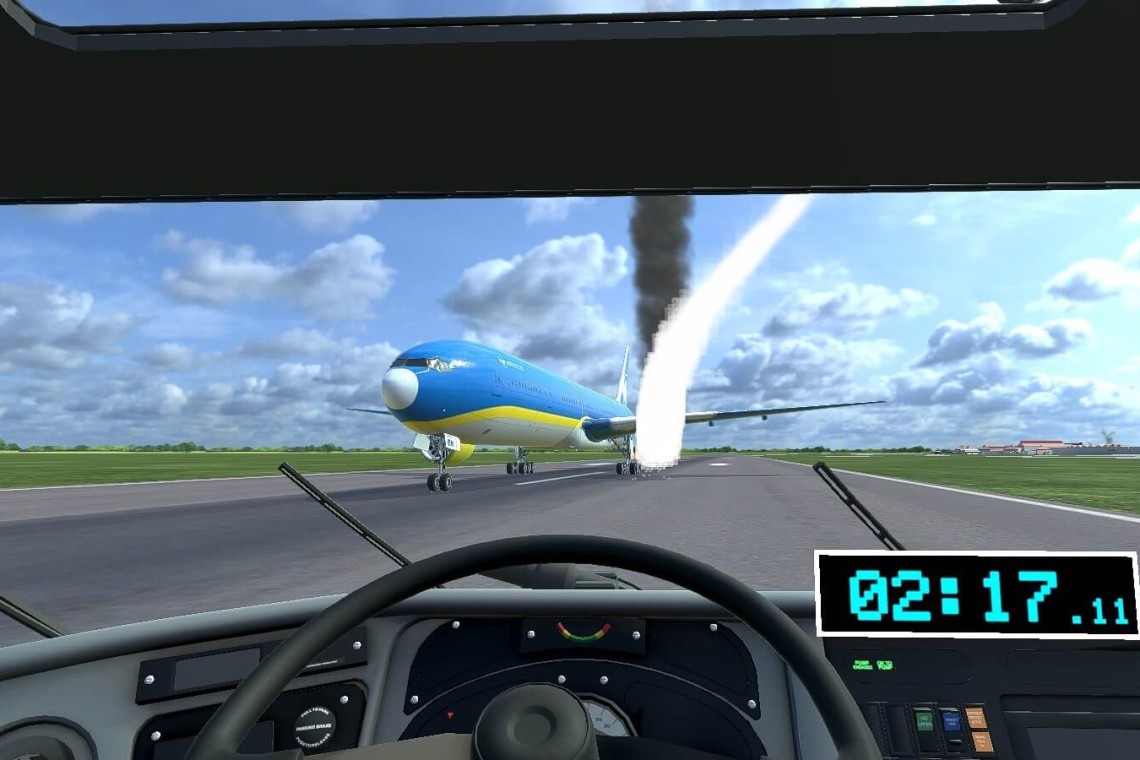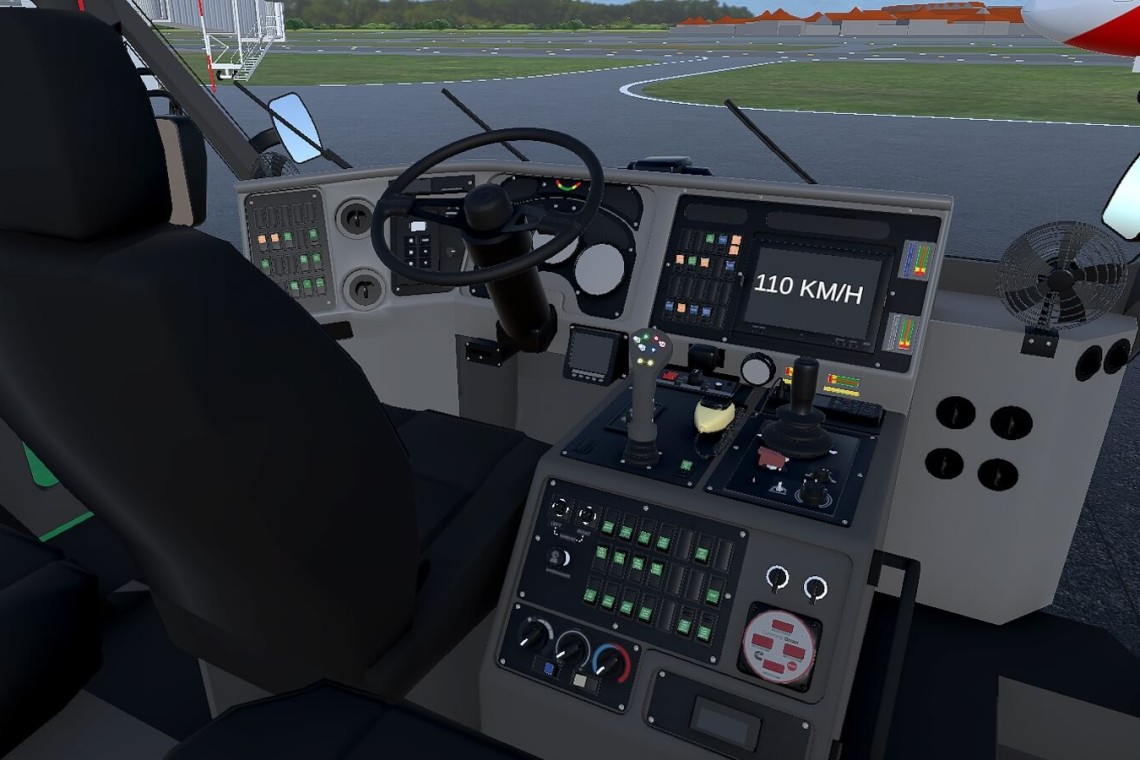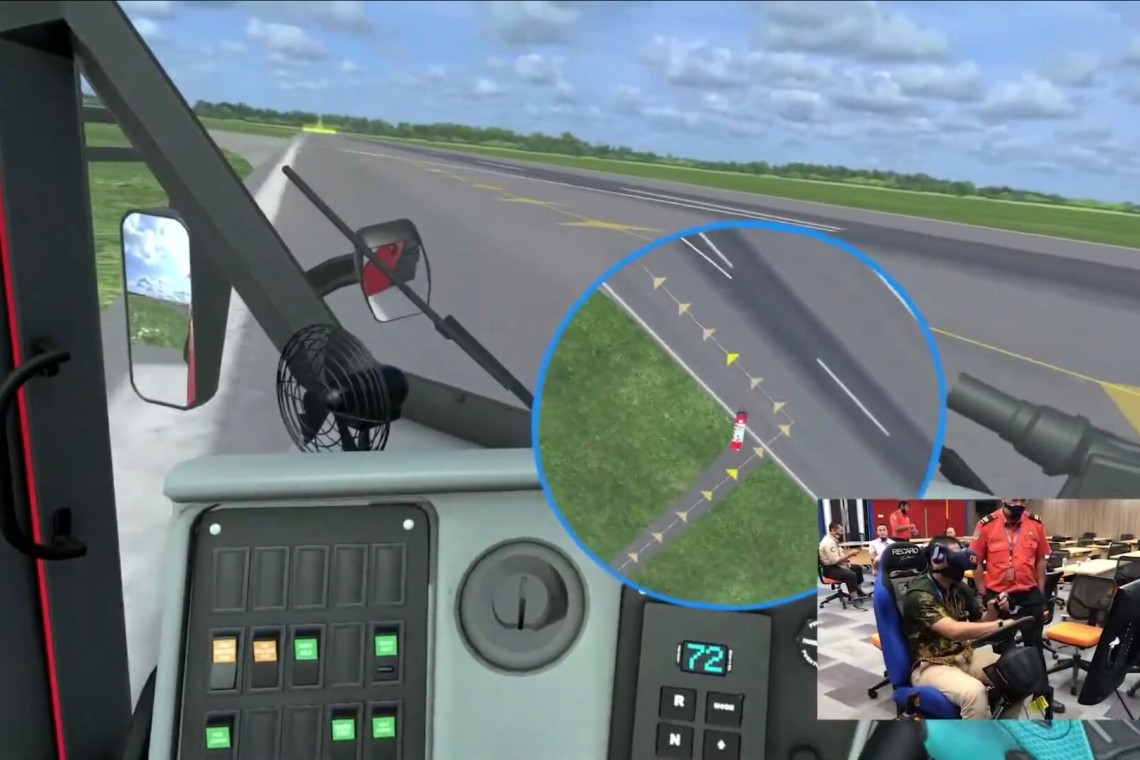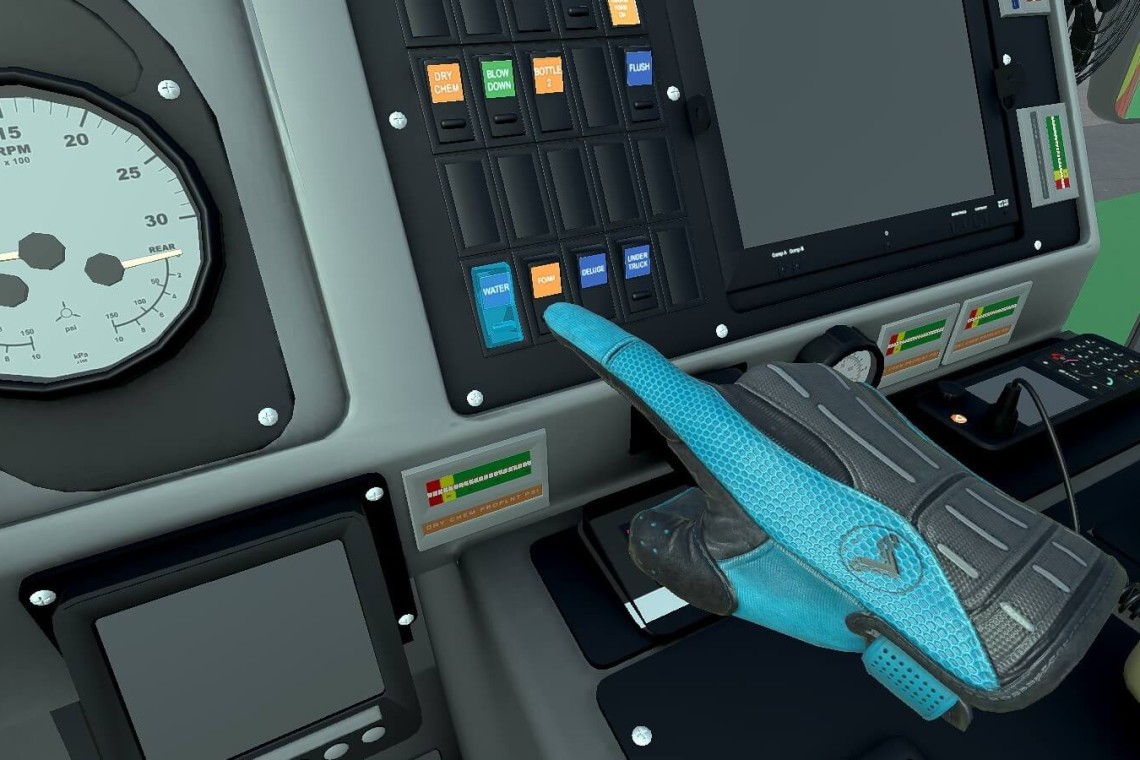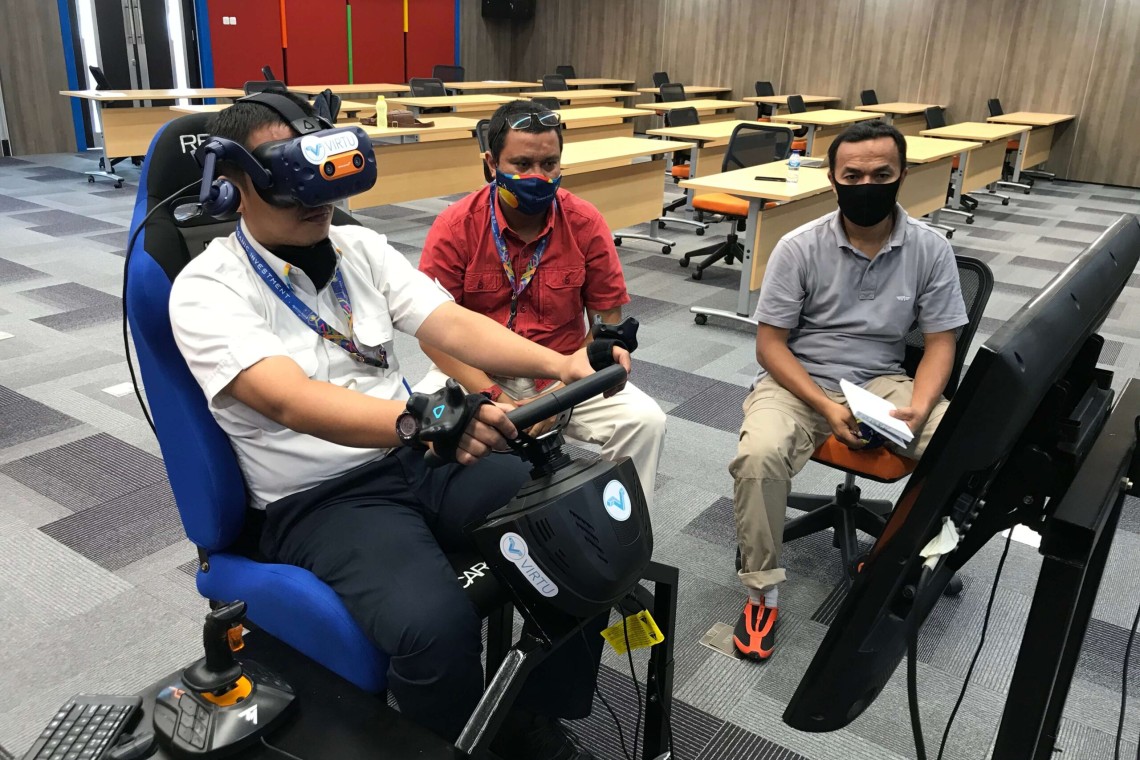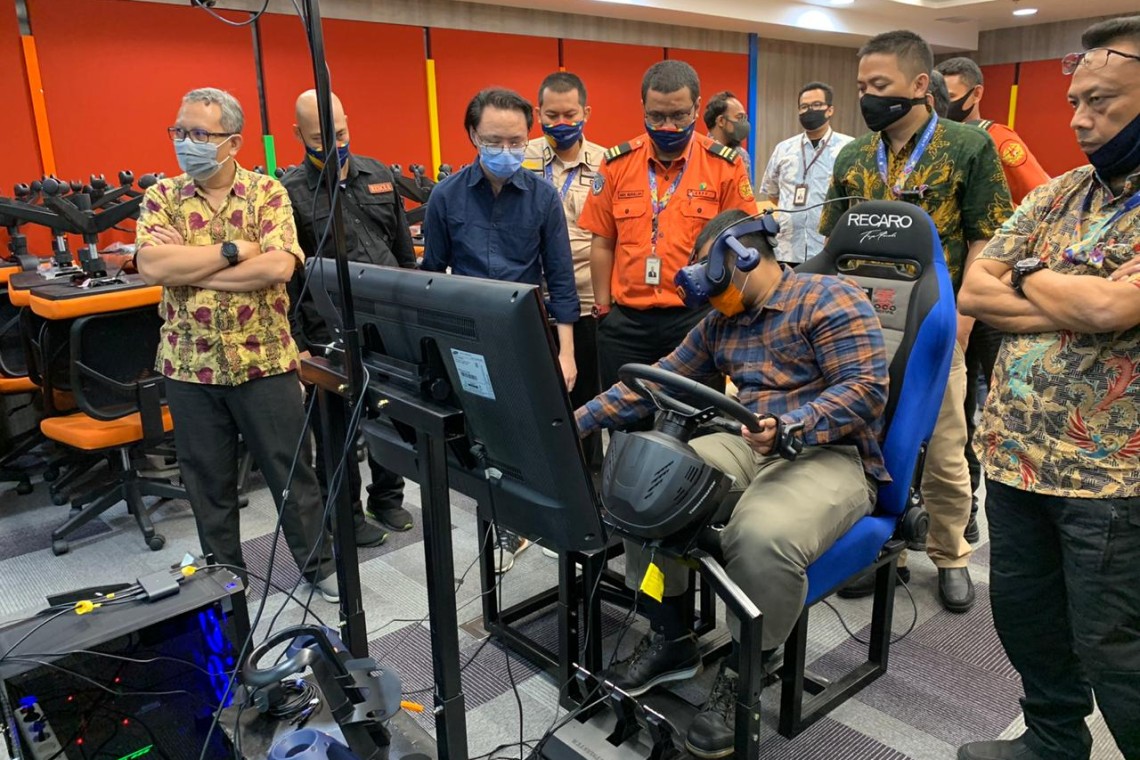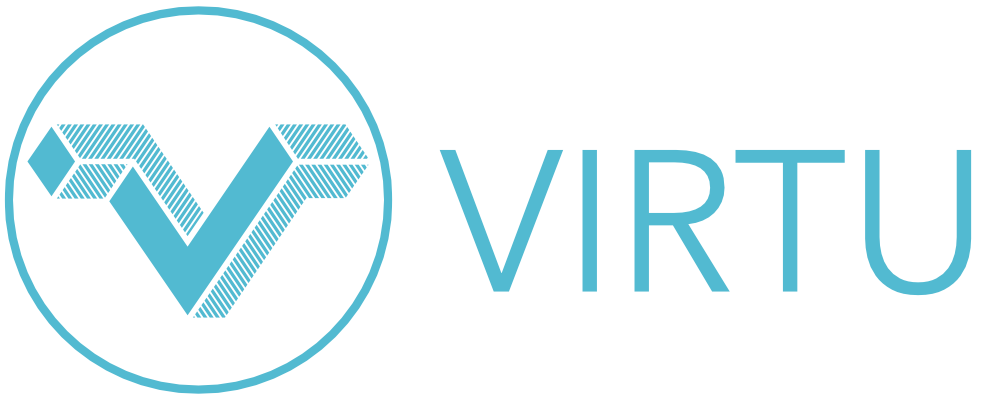CASE STUDY OUTLINE
I
Introduction
1. Background
2. Challenges
3. Objectives
II
The Journey to Transformation
1. Initial Diagnosis
2. Bespoke Solution Design
3. Digital Twin
4. Hardware Simulator Rig
5. Development
6. Implementation
7. Feedback and Iteration
III
Results and Impacts
1. Methodical Evaluation
2. Engagement and Retention
3. Cost Savings
4. Operational Efficiency
5. Cultural Transformation
IV
Conclusion
1. Reflection
2. Future Outlook
3. Media Coverage
4. Continuous Partnership
5. Closing
INTRODUCTION
Where it All Started
1. Background
Angkasa Pura II is Indonesia's state-owned enterprise responsible for the management of Soekarno-Hatta (Soetta) International Airport - South East Asia's #1 and World's #18 busiest airport.
In numbers, Soetta's Airport Rescue & Fire Fighting (ARFF) division is responsible for:
2. Challenges
With such tremendous responsibility, it's paramount that Soetta's ARFF is always expected to always be in tip-top condition. Training comes on top of the list to ensure that when it counts, they can act as if each emergency has been done hundreds of times before.
However, the current situations are:
3. Objectives
With Virtu's expertise and experience, we identified some possible solutions. All of which are pointing directly to helping the APII ARFF division in transitioning to a simulation-based training platform.
This solution's intended outcomes are:
THE JOURNEY TO TRANSFORMATION
Deep Dive into the Heart of the Problems and Crafting Solutions
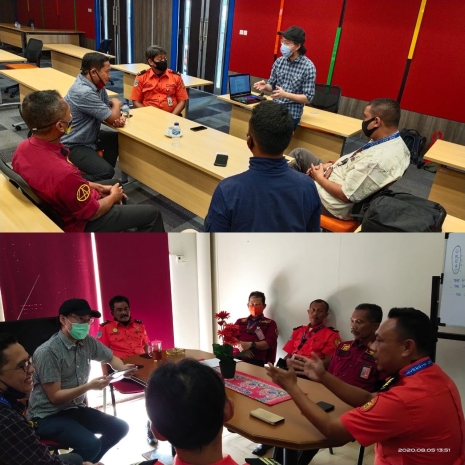
1. Initial Diagnosis
Emphatize and putting ourselves in the user's point of view
Evaluate the existing training methodologies
Identify key areas where VR can make a significant impact
The biggest pitfall of consultants is diving straight into solution, armed with bulletproof assumptions based on past experiences - disregarding the fact that each client have unique problems.
Virtu always starts where the client starts. We do full-value listening to find every possible problem, down to its root cause. The last thing we want to do is hearing superficial problems and delivering equally superficial solutions that do not address the actual pain point or worse, creating another set of problems to deal with.
With our HCI-driven interview process, the diagnosis resulted in the right harmony between Human and Computer. Making the People as the main focus with Technology as the helper - not the other way around.
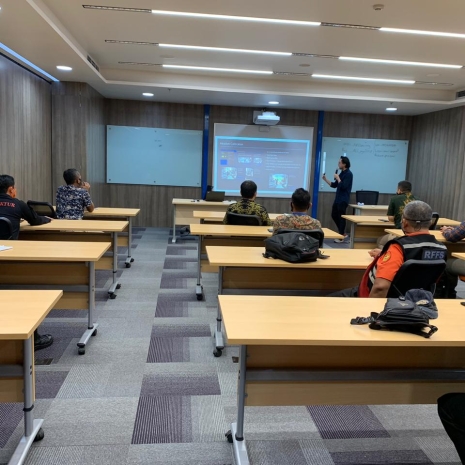
2. Bespoke Solution Design
Ideate innovative solution based on the diagnosis
Devise training scenarios that mirror real-life situations
Formulate critical performance indicators
Using our favorite method of SCAMPER (Substitute, Combine, Adapt, Modify, Put to another use, Eliminate and Rearrange), we came up with the most fitted solution for the client: a VR simulation with hardware cab rig that is intuitive, modular, future-proof, easy to maintain, cost-effective and measurable.
The simulation must directly improve real-world user capabilities. With the client's domain knowledge and Virtu's expertise, we study critical actual cases and devise the virtual training scenarios.
Our mantra on continuous improvement is: "you can't improve what you can't measure". So from the outset, we already keep an eye on critical KPIs and how to measure them.
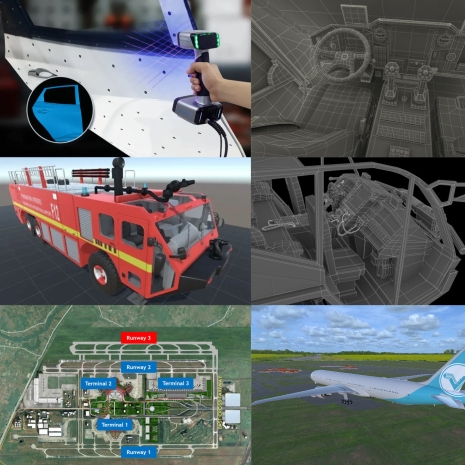
3. Digital Twin
Model the airport environment
3D Scan of the vehicle and its interior
Quantify all of the vehicle functions
Transporting the physical into the virtual realm starts with detailed data of the actual environment. From the satellite map and the blueprint, we recreated the airport with exact dimensions, complete with the runway markings and signs.
For the vehicle, we employ 3D scanning technology to get a precise copy down to the smallest buttons. The scan results are then optimized by our 3D artists to ensure smooth rendering in VR 120 fps standard while maintaining realistic fidelity.
Lastly, the vehicle has to behave exactly the same as in the real world. That means speed, acceleration, brake, weight distribution, turret spray rate, reach, spread and everything else needs to be quantified for accurate simulation parameter. We meticulously measured all these using multiple approaches and methods.
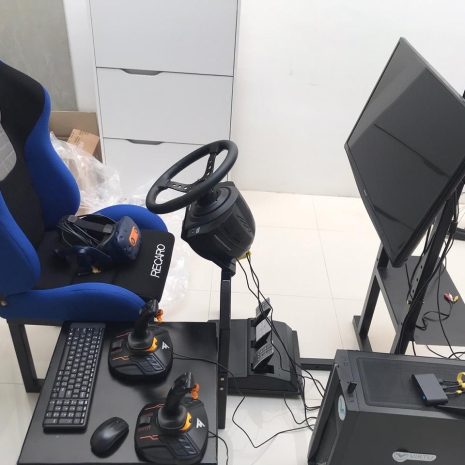
4. Hardware Simulator Rig
Assess the minimum viable peripherals
Build & calibrate the rig
Considering the future usage of the simulator i.e. the transition to newer fire trucks, it is imperative that we're building the simulator rig to be as flexible as possible. From there we assesed that the most critical components to be controlled via hardware peripherals are those that involved precise control: steering wheel, foot pedals and turret joysticks. The rest like buttons and switches can be safely augmented as virtual peripherals in VR.
From the 3D scan of the vehicle interior, it's pretty straight forward how we can build the cab replica. Using custom-built steel chassis, the rig is designed for stability and durability. Ultimately, when you are donning the VR headset sitting on the rig, it 100% matches the virtual cab.
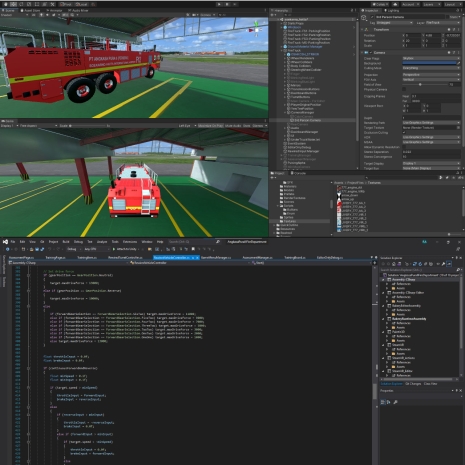
5. Development
Incorporate vehicle physics & training scenarios
Interface with the hardware simulator rig
Injecting analytic metric trackers
Realism is a delicate affair. But our coding ninjas are experts in bending (virtual) reality. Our mastery of the game engine means whatever we have uncovered in the previous points can be incorporated with high degree of likeness.
Meticulous integration with the hardware simulator rig ensures that the cab replica feels seamless. Force feedback from the steering wheel makes every turn while driving feels realistically heavy. Every subtle press on of foot pedals and joystick translating into precise vehicle movements.
The VR app records every user action and vehicle metric after each training session. Those numbers are then consolidated into our backend database so users can always review their performances.
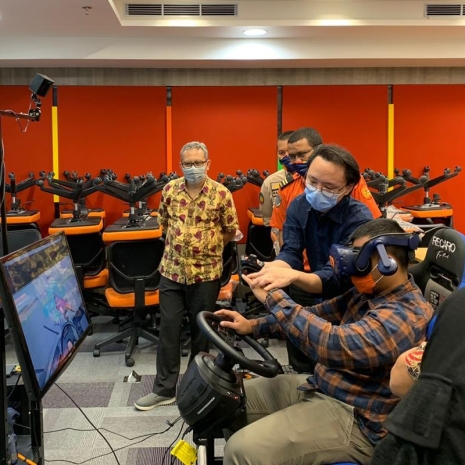
6. Implementation
Gradual introduction of VR modules to the workforce
Training the trainers: Equip internal champions to facilitate VR sessions
Share success stories to generate excitement and reduce resistance
Change is always difficult... Well, not really if you understand your users and plan thoughtfully. Virtu always begins the transition way, way before the handover. Throughout the project, we are constantly educating stakeholders, addressing doubts and updating meaningful progress. These actions gradually introduce trust and ownership to the project.
The first batch of users are those who will be training the rest of the company. Our constant communication and trainings inspire them into VR ambassadors for this pivotal change - driving their team's enthusiasm.
Once success stories and testimonials are starting to surface, it's important to capitalize their positive momentum to snowball the excitement. We document these good news and share with the rest of the company so the emotional narrative are propagated without friciton.
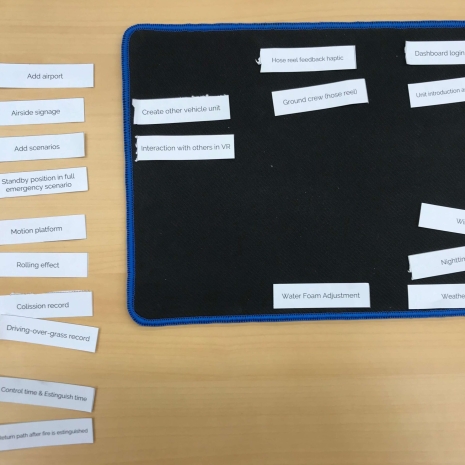
7. Feedback and Iteration
Maintain agile methodologies throughout the project
Collect feedback on the effectiveness and impact of the training
Adjust features based on user experience
Virtu understands that the best ideas are often found in the midst of execution rather than before. By employing agile methodologies for all our projects, we made sure changes are the rules, not exceptions.
At the end of every sprint, the deliverables are tried and tested by stakeholders. All feedback are discussed to assess their justification and priority.
At the beginning of a new sprint, together with the stakeholders, we collaboratively decide which features we will develop next based on the previous feedback. Along the way we add, trim and adjust our backlog to make sure we hit the target effectively and efficiently.
The Final Product
RESULTS AND IMPACTS
Where Most Vendors Stop and Go to Another Client's Project,
Virtu is Standing By - Dilligently Measuring and Analyzing
Evaluation Model
The CIPP Model is particularly useful as a decision-making model to aid decision makers in making training more effective. By spending time evaluating the context, inputs, processes, and the final product, we can develop a more holistic picture. This helps trainers identify where they need to make improvements.
After being evaluated with CIPP Model, the ARFF VR simulation is deemed to be hugely successful. With the average evaluation score of 88.5%, it reflects strong fulfillment from the client's needs, resources, implementation and impact.
Context
85%Process
91%Input
91%Product
87%Separating Statistical Signals From Noises
A simulation is inevitable compared to the actual experience. The goal is to make them as indistinguishable as possible. In order to quantify this, we use the main KPI used for ARFF: Response Time. These response times will be churned into a statistical formula of Null Hypothesis (H0). When Null Hypothesis holds true, it means that there is no difference or no relationship between two sets of data. The null hypothesis is a presumption of status quo or no change.
After measuring response times from real trainings and VR trainings, it is concluded that both are virtually having no difference in average response time. The actual p-value is 0.097 which is higher than the minimum alpha threshold of 0.05 - proofing the Null Hypothesis holds true in this experiment.
0.097
P-VALUE
VR as the New Normal
VR dramatically increases trainees participation rates. While novelty is the strongest hook, the dopamine fulfillment after completing a VR training session helps build a lasting habit formation. Significant improvement in information retention and application is attributed to VR's multi-sensory experience that naturally builds muscle memory.
We also received numerous personal stories of employees who felt more prepared, confident, and connected to their roles after a couple weeks training with VR simulation.
Score in "VR increases trainees attitude toward learning in ARFF"
Score in "VR directly increases ARFF skills"
Investing for the Future
Technically, once the VR simulator is deployed, the operational cost is almost negligible. But for the sake of financial comparison, each training still incurs instructor fee, facility maintenance and other consumables. Even then, this project has saved 89.9% on EACH training.
As the cost is always the main consideration, the on-site training frequency is targeted to be minimally viable. It means getting the least amount of trainings to just be adequately prepared. If we consider maximum viability where we're aiming for the highest number of trainings for peak preparedness, the cost saving is estimated to be $700,000+ per year.
Cost Reduction Compared to Traditional Training
$700K+
SAVED PER YEAR
Score in "VR Reach to the ARFF Team"
Score in "VR Increases Trainees' Effectiveness"
Score in "VR Saves Time"
Score in "VR Reduces Cost"
Score in "VR Increases Work Safety"
Score in "VR Increases Performance Accuracy"
A Catalyst for Innovation & Continuous Learning
While this cutting-edge technology is undoubtedly "cool", we'll just be in entertainment sector if we stop at this superficial feature. Together with the client, Virtu always use this momentous milestone in the transformation journey to foster a deeper sense of innovation and learning within the client's workforce.
Going back to the point that Virtu always put Human first and Technology as the helper, when our VR solution is delivered it strengthen the emotional connection of employees to the company. We often see renewed spirit and enthusiasm because employees feel the upper management actually cares. They appreciate the management team who delivers a technology that really helps them doing their work safely while also increases productivity.
Score in "Involvement of Trainer and Management Team in Developing VR"
Score in "Openness in Communication Throughout the Project"
CONCLUSION
Lesson Learnt and What's Next
1. Reflection
Look back at the journey from traditional methods to a transformative VR training solution
Before VR Was Introduced
While acknowledging that almost a majority of trainees portray a strong desire for a better training method, the management was having a pretty nerve-wrecking doubt knowing that 4 in 5 trainees never used VR before.
Percentage of trainees feels traditional training is inadequate 44.1%
Percentage of trainees who never used VR before 80.9%
VR as the New Normal
To us who are coding the program line by line, designing the 3D components vertex by vertex and building the simulator bolt by bolt, it does not come as a surprise that the VR simulator will be a big hit in the ARFF team. We have been constantly collaborating ceaselessly with stakeholders throughout the project.
But it is still always a delight to see positive reactions from our clients, especially when they were doubtful at first. These numbers are what keeping us going to deliver immersive technologies throughout Indonesia's vast industries.
Score in "VR increases trainees' confidence in performing ARFF" 90%
Score in "VR simulator is the right medium for ARFF training" 87%
2. Future Outlook
The potential for further improvements in the next iteration
Satisfaction with ARFF VR Simulator 83%
The majority of trainees who used the VR simulator feels extremely satisfied with the experience and the result. When we dig deeper, the 17% dissatisfaction actually comes from the hope that the simulation includes more features that were beyond the initial scope and timeline. Of course both Virtu and APII take this as a positive sign that the end users are hungry for more.
Deciding on What to Do Next
With so many eager feedback from users, trainers and management, it's crucial to prioritize them in order of importance. At the end of every project, Virtu utilizes MoSCoW matrix to know which ones should take priority.
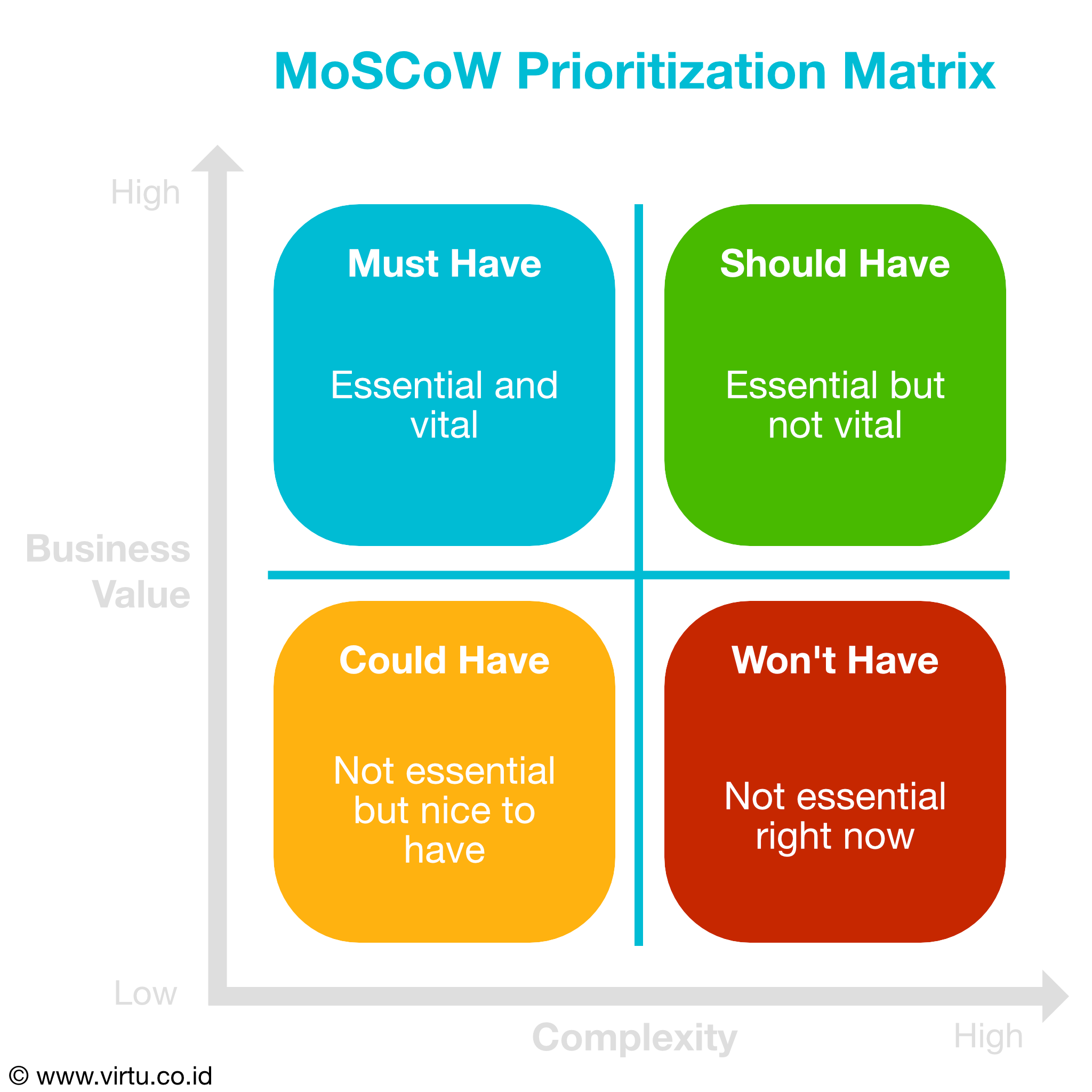
Armed with this list, we can decisively plan what to develop in the next iteration.
3. Media Coverage
Publicizing successful transformation journey for others to learn
As one of Indonesia's most vital BUMN (state-owned enterprises), APII's success in implementing VR in ARFF training is garnering a lot of media attention.
All the evaluation metrics we collected can now be a shining beacon for other companies to be inspired to. They portray a clear and undeniable proof of APII's transformative journey.
4. Continuous Partnership
More than just a client-vendor relationship
Virtu is always looking for clients who value partnership rather than just the typical one-off client-vendor relationship. In our vision of partnership, both parties are deeply invested in mutual success, leading to a more collaborative and committed approach to achieving long-term goals.
Unlike a vendor, who might focus on transactional exchanges, a partner aligns with the client's vision and actively contributes to strategic planning, innovation, and problem-solving. This alignment ensures that solutions are not just tailored to immediate needs but are also scalable and adaptable to future challenges and opportunities. The partnership fosters a deeper understanding of the client's business, enabling the delivery of more effective and nuanced solutions that drive competitive advantage and sustainable growth.
As a result, even after a project has ended, in the long run Virtu is still delivering values such as:
5. Closing Thoughts
The end of a new beginning
It's been a long-yet-exhilarating 6 months. We have enormous gratitude for APII's leadership and commitment, without which we won't be able to deliver this project as smooth as it is. Their dedication and enthusiasm are the fire that keeps us motivated to deliver nothing but the best.
We know the road ahead is still long. There are more airports, vehicles, scenarios, weathers, multiplayer and other elements that the ARFF team has been itching to see them included in the next iteration. Serving in such a grandiose magnitude, we can't help but feel humbled to be able to take part in. But it is with great pride and undying dedication that we continue to hone ourselves consistently to always be worthy of such privilege.
Till next time!
We'd love to hear from you
Inspired to achieve a similar transformation in your team? Let's get started by booking a discovery call with us today.
